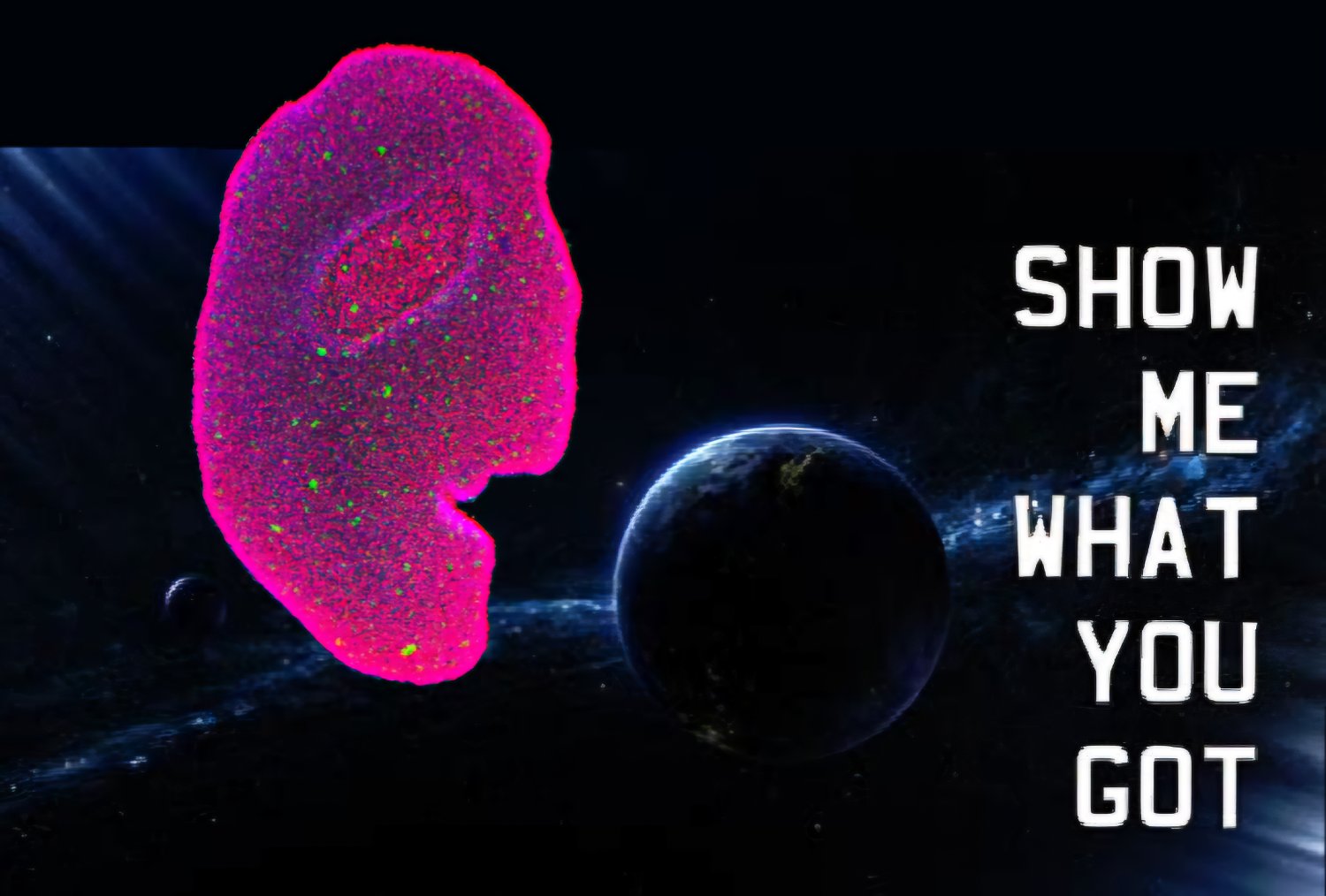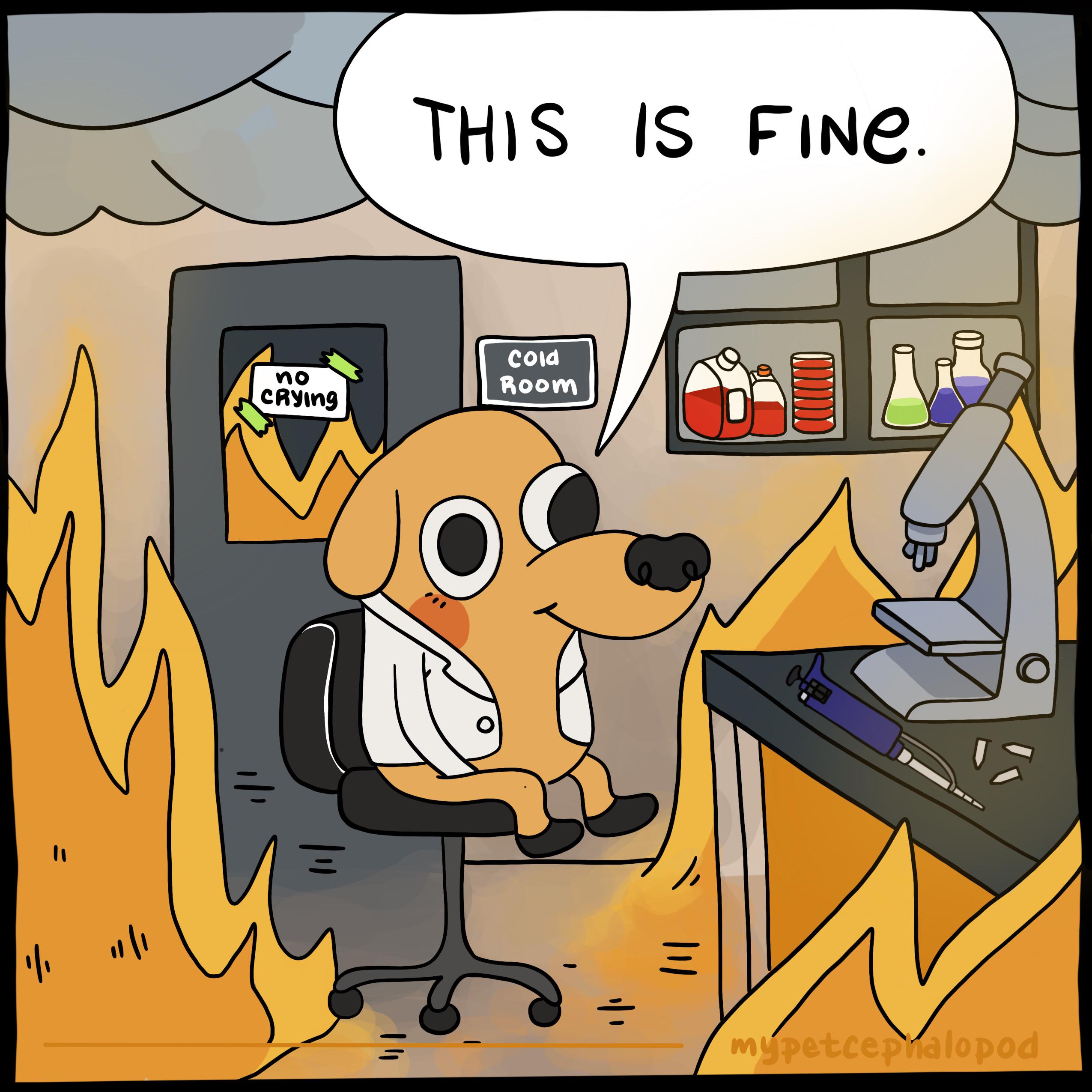
You like seeking patterns, don’t you?
Mogus
Not a single mention of how pink and sparkly
“Ancestors, please guide me. What should I do?”
“Blob zlorg bzz”
There is an organism among us.
Gramgram is that you
Written by a Geordie like.
And plants. And funghi.
No actually. If you consider the plants to be Archaeplastida (glaucophytes, red algae, and Viridiplantae) or Viridiplantae (the green algae including Embryophyta) then the common plant ancestor is unicellular (greens and reds evolved multicellularity independently). If you consider the plants to just be Embryophyta (the land plants) then they already had highly specialized cells and looked plant-like before they split off from the rest of the green algae.
I’m not sure if the fungal common ancestor is believed to have been unicellular or multicellular but if it was multicellular then it would’ve been filamentous like modern multicellular fungi, rather than a sheet of cells
I read this thing’s entire wiki page and it’s fascinating!!
- Imo it’s not even an animal it’s just a collection of cells that can survive on their own but just don’t want too
- It will rip itself into multiple parts spontaneously because cells don’t coordinate too much. They don’t have dedicated neurons but they have a decently complex peptide based protocol.
- You can put a single Trichoplax animal through a sive that is fine enough not to damage the cells but separate them, and the cells will reform into the same animal
- They can reproduce sexually but they don’t have any of the markers that all males of all sexually reproducing species have. Plus because they only ever sexually reproduce when there’s a high density of Trichoplaxs, it’s basically a pattern of Trichoplax cells choosing to break away and combine with other cells to create new individuals.
- They’re just about as simple as e.coli and they’re the simplest animals with about 50mill base pairs divided into 6 chromosomes
- They can take the organelles of the cells they eat just because. The wiki article calls it symbiosis but that implies that organelles are alive and I don’t think they are. I think Trichoplaxs can just take tools from other creatures to use.
I think you misread wikipedia when it talks about its endosymbioses. Whole bacteria are found within an organlle (the endoplasmic reticulum) of Trichoplaxs.
That being said what you described does happen in a number of organisms (including ‘complex’ ones like nudibranchs): they steal the chloroplasts from the algae they eat in a process called kleptoplasty. Seeing as mitochondria and chloroplasts originated as bacterial endosymbionts that were then heavily integrated into their hosts, calling kleptoplasty a form of symbiosis isn’t that unusual.
Whole bacteria are found within an organlle
That is even more mind blowing to me
Then I have to ask if you were aware that mitochondria were originally external, invasive organisms
Yes but mitochondria live in the cytoplasm. I guess I don’t have much of a grasp of size differences that small so it blew me away to think to find a life form inside of the organelle of another lifeform… I thought things were too small at that scale.
Still fuckin crazy that they are in our DNA now.
Fun fact: Animal embryos can be disassociated by depriving them of calcium (E-cadherin, the molecule that holds the cells together, needs to calcium to work) and then can be allowed to reassociate by adding back calcium. If you do this in early enough stages then the embryo will function and develop normally once reaggregated, despite all the cells being jumbled up
“peptide-based protocol” is a pretty good band name
Cellular peptide cake with mint frosting
Thank you for the summary. I don’t have time to go down a rabbit hole at the moment, so this was just enough to sate my curiosity until I do have time.
ISTR you can do the sieve thing with true living sponges, too. Life on earth is wild. I wonder if it will be considered mild once we find some interesting life off-planet.
Fucking interesting!

how it looks like
This phrase drives me crazy.
why?
Because this should now include an explanation of how it’s looking like it does. What is the reason it has that color, and takes that exact form? This was obviously not the point of the post.
Valid options are:
- What it looks like
- How it looks
Not:
- How it looks like
this is really controversial, but as long as I can understand it, I think it’s ok.
Objectively correct take. The goal of communication has been met, anything else is just pedantry.
It’s not at all controversial, it’s the rules of English grammar.
The “rules” of a language describe how people use the language, but those conventions are subject to constant change because communication is a collaborative art. Some might say it’s better to use a semicolon rather than a comma, for example.
*than a comma; for example
deleted by creator
While we’re on a thread about English grammar, “who’s” means “who is.” The possessive of “who” is “whose.”
Sorry.
thanks. went ahead and just deleted the whole comment. wouldn’t want to ruin any potential sentiment with poor grammar!
grammar pedantry is way more annoying than any grammar mistake
Grammar pedantry is way more annoying than any grammar mistake.
FTFY /s
Interesting thing about grammar and spelling is that incorrect grammar/spelling is only incorrect until it’s not.
Language is dynamic and is changed based on how people use it, and if people use it “wrong” in the same way enough times it becomes right.
A M O G U S
sus
Mega sus
Amogsus
Yo, if our universe is just the innards of a primordial microorganism, where can we find the mitochondria?












